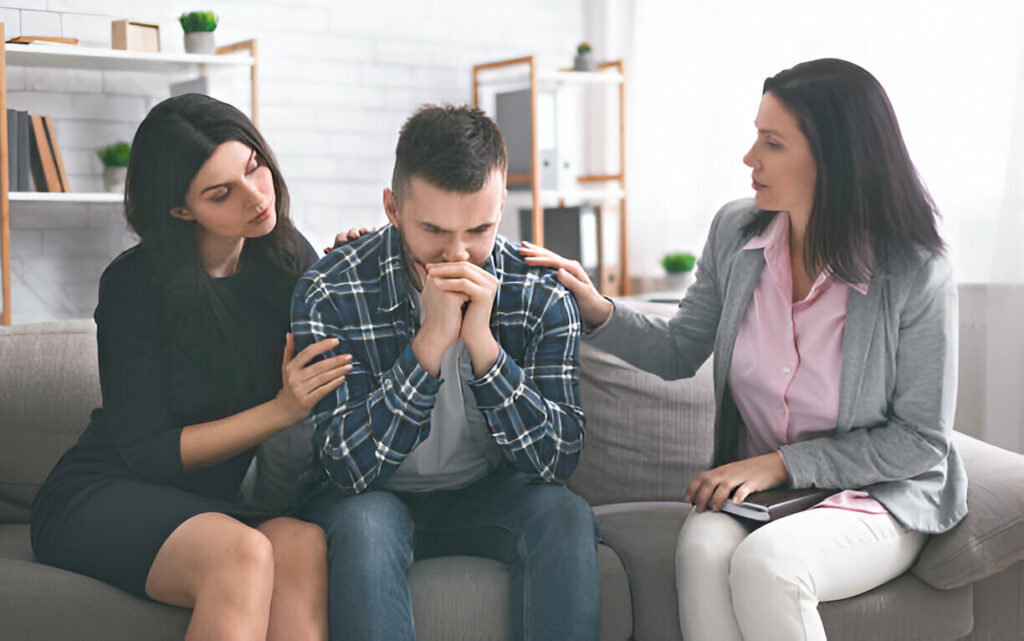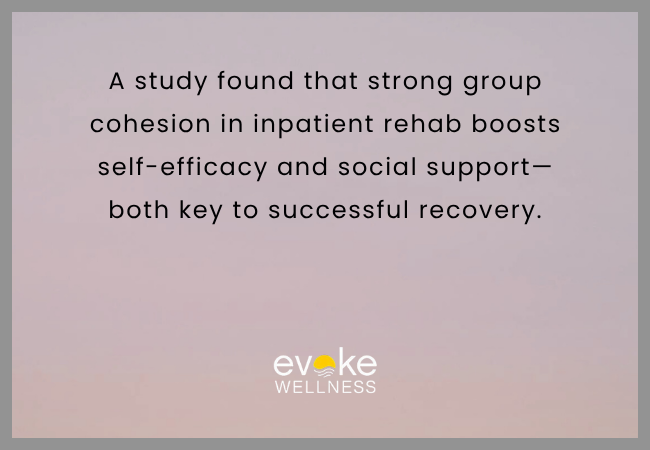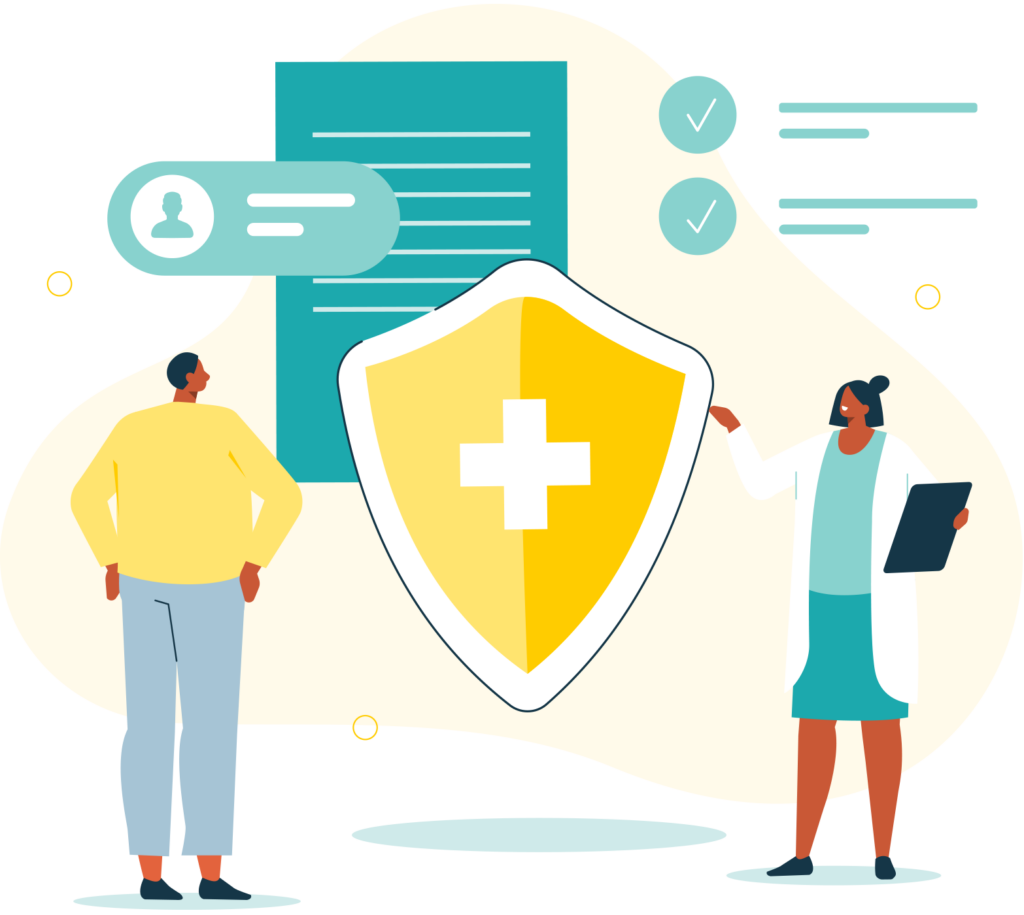Recovery is a deeply personal journey, but it is not one that is best walked alone. In an inpatient rehab environment, the role of peer interaction is far more than just social — it is clinical, emotional, and integral to long-term success. While medical detox, therapeutic modalities, and individualized treatment plans are core components of any comprehensive program, the subtle yet powerful influence of peer dynamics and group cohesion can determine how well someone truly recovers.
In inpatient settings, where clients live alongside others pursuing sobriety and emotional healing, a unique ecosystem of mutual support and accountability develops. Here, individuals are no longer isolated in their struggles but are immersed in an environment that encourages connection, openness, and transformation.
Understanding the Emotional Landscape of Peer Relationships
For many entering treatment, years of substance use or unmanaged mental illness have eroded trust in others. Isolation, secrecy, and shame are common experiences that often precede admission to a residential facility. Within this context, peer relationships begin as tentative — but with the right support, they often blossom into critical sources of strength.
Peer dynamics refer to the emotional and behavioral interactions between individuals undergoing recovery together. These dynamics can include acts of compassion, conflict resolution, shared insight, and emotional mirroring — all of which shape how each person engages in their own recovery process.
One client might see a peer confronting painful emotions in a therapy session and feel encouraged to do the same. Another might witness someone setting boundaries or communicating assertively for the first time and feel inspired to model that behavior. These peer-led forms of growth often resonate more deeply than directives from clinicians because they are grounded in lived experience.
How Group Cohesion Strengthens Accountability and Progress
Group cohesion forms when individuals in a therapeutic community build trust, respect, and a sense of unity through shared goals. In an inpatient setting, this cohesion promotes safety — not only physical, but also emotional. It allows patients to speak candidly, engage with vulnerability, and support one another without fear of judgment.
A cohesive group creates its own positive momentum. Members begin to encourage each other’s progress, hold one another accountable, and even provide perspective during moments of doubt or resistance. When group cohesion is high, the whole treatment community benefits: therapy sessions are more productive, conflicts are reduced, and relapse prevention strategies are more likely to stick.
At the same time, therapists and counselors actively guide this cohesion through structured group interventions, communication skill-building exercises, and open processing of any group tensions. This ensures that the environment remains emotionally balanced and inclusive of all personalities and backgrounds.
Potential Pitfalls and Clinical Interventions
Not all peer interactions are immediately beneficial. Especially early in recovery, individuals may bring with them maladaptive relational patterns — manipulation, avoidance, or codependency. If left unaddressed, these behaviors can disrupt group safety and diminish trust among peers.
This is where the structure and design of a well-regulated program make a difference. In a high-quality Intensive Inpatient Treatment Program in Miramar, Florida, trained staff recognize subtle shifts in group dynamics and intervene early. Clinicians may use psychodrama, role play, or restorative dialogue circles to help clients identify harmful patterns and develop healthier ways of relating to one another.
Moreover, some individuals struggle to feel comfortable in group settings due to past trauma, social anxiety, or cultural differences. For them, the path to group integration may require more one-on-one support at first. A trauma-informed treatment team will accommodate these needs while still encouraging eventual engagement in the larger community.
The Role of Shared Rituals and Therapeutic Milestones
Another dimension of peer cohesion comes through shared rituals, celebrations, and symbolic milestones. Whether it’s ringing a bell to mark a sober anniversary, participating in morning reflections, or signing a commitment wall before discharge, these acts create collective meaning within the group.
These shared moments serve two purposes. First, they highlight personal growth in tangible ways, reinforcing individual progress. Second, they strengthen the bond among group members, offering them visible markers of what they are achieving together. Many clients say these moments become the emotional anchors they return to during tough times after treatment.
Celebrations of sobriety and recovery often spark deeper conversations among peers about their motivations, fears, and hopes. These exchanges help to shift focus away from shame and guilt and toward pride and purpose.
Life Beyond Treatment: Sustaining Connection and Growth
As the inpatient journey concludes, many clients feel both gratitude and anxiety. Gratitude for the relationships formed, but anxiety about what comes next. The intensity of connection built inside a treatment facility can be difficult to replicate in the outside world.
That’s why well-developed aftercare planning includes strategies for sustaining healthy peer connections. Clients may join alumni groups, attend peer-led recovery meetings, or form accountability partnerships with individuals from their cohort. These ongoing relationships act as a safety net — one that can offer perspective, support, and shared wisdom during the inevitable challenges of early recovery.
For some, a step-down level of care such as a Partial Hospitalization Program in Miramar, Florida provides the right blend of clinical support and continued peer engagement. It offers the chance to gradually re-integrate into daily life while maintaining the emotional support network built during inpatient care.
Many clients enter inpatient treatment expecting to focus solely on themselves — their trauma, their relapse history, their mental health. But what they often discover is that healing accelerates when shared. In the quiet moments between therapy sessions, in the laughter that bubbles up during a group activity, in the tears shed for someone else’s progress — these are the moments where community becomes medicine.
In the context of recovery, group cohesion creates an environment of mutual care that allows each member to stretch beyond their fears. Individuals learn not only to care for themselves but to be part of a caring community, something many haven’t experienced in years. This shift in perspective — from isolation to belonging — can be the most powerful outcome of treatment.
What often begins as reluctant participation in group therapy evolves into authentic investment in the group’s collective healing. The process is gradual, often non-linear, but always profound. Through open dialogue, shared experiences, and group milestones, clients re-learn how to trust, how to relate, and how to be seen without shame.
Why Choose Evoke Wellness?
At Evoke Wellness, we understand that individual healing is inseparable from community healing. Our treatment model is designed to nurture meaningful peer connections while preserving each client’s unique voice and emotional space. We do more than treat symptoms — we build resilient, supportive communities within our programs that become the foundation for lifelong recovery.
Whether you are beginning your journey or returning for continued care, our team is committed to fostering a therapeutic environment where every client feels seen, respected, and uplifted. At our Behavioral Health Treatment Center Miramar, Florida, our commitment to group cohesion and emotional safety is unwavering. From day one, you are part of a healing community.
Conclusion
Group cohesion is more than camaraderie; it’s a clinically recognized driver of successful recovery outcomes. In inpatient rehab, peer dynamics offer daily opportunities to grow, reflect, and transform. When individuals invest in one another’s recovery, they strengthen their own.
At Evoke Wellness, our treatment approach integrates these essential human connections into every aspect of care. If you’re ready to experience the power of collective healing, reach out today at 866.429.2960. Your place in a supportive, recovery-focused community is waiting.
Frequently Asked Questions (FAQs)
Why are peer relationships important in inpatient rehab?
Peer relationships in inpatient rehab help build trust, promote accountability, and create a supportive community. These connections reduce isolation and support emotional healing.
How does group cohesion influence treatment outcomes?
Strong group cohesion encourages open communication, mutual support, and a sense of belonging. It enhances participation in therapy and fosters a safer therapeutic environment.
Can negative peer dynamics impact recovery?
Yes. Unhealthy behaviors such as manipulation or avoidance can disrupt group safety. Structured interventions and clinical oversight help redirect those dynamics.
What are some examples of positive peer support in treatment?
Positive peer support includes celebrating each other’s milestones, sharing coping strategies, and providing emotional encouragement during tough moments in treatment.
Does group cohesion continue after leaving inpatient treatment?
Many individuals maintain recovery relationships through alumni programs, support groups, and aftercare plans that help sustain the progress made during inpatient care.



